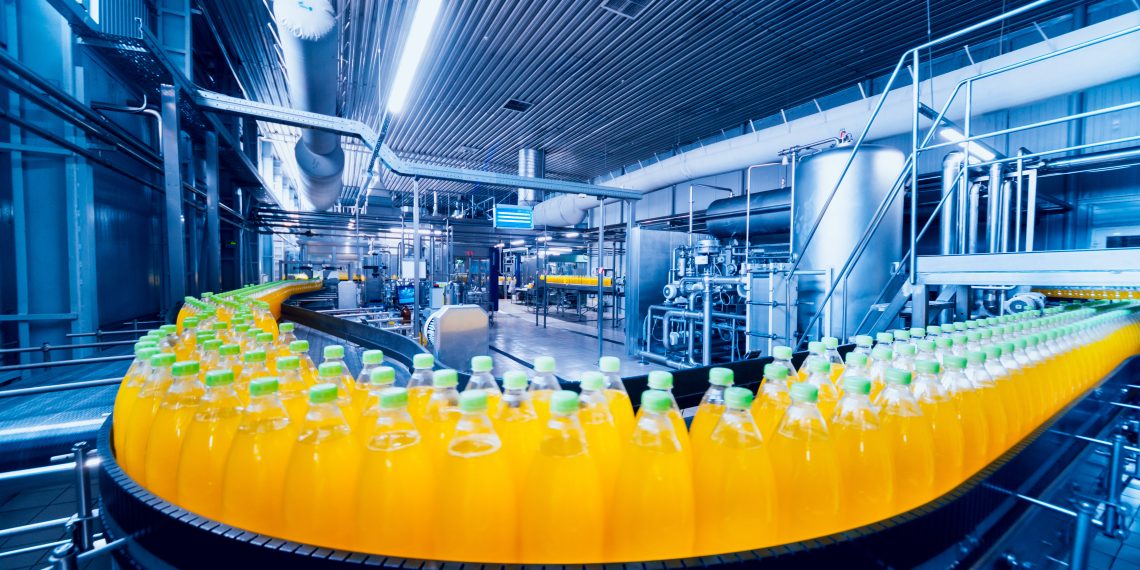The food and beverage sector has witnessed profound changes due to the advent of social media, with platforms like Instagram, Facebook, and LinkedIn becoming instrumental in showcasing enticing culinary content. By executing strategic campaigns, food and beverage companies can harness these platforms to capture audience interest and stir up emotional connections, fostering deeper bonds with consumers.
India’s food and beverage industry, a major player in the direct-to-consumer market space, is projected to hit a staggering USD 504.92 billion by 2027. The merger of social media and technological innovation has been pivotal in reshaping the e-commerce landscape for this sector. This evolution has revolutionized how companies operate, engage with their audience, and manage distribution.
For any food-related enterprise, from burgeoning startups to well-established brands, leveraging social media and cutting-edge technology is essential for survival in a cutthroat market environment. Emotional resonance with customers can be intensified through strategic hashtag utilization, forging partnerships with influencers, and targeted ad campaigns. This not only encourages trial and adoption of products but also cultivates a base of enthusiastic brand advocates.
The trend of personalization in the food and beverage realm is striking a chord with the younger demographic, who value the nuanced flavors and quality ingredients, seeking culinary experiences that tantalize their palates and leave them yearning for more.
Moreover, social media platforms serve as conduits for direct interaction between brands and their clientele, fostering a sense of community and trust. Customer feedback, reviews, and user-generated content are invaluable for businesses to continuously refine their offerings. Engaging with customers and addressing their concerns head-on can significantly enhance brand loyalty.
Forming strategic alliances has proven to be a successful formula for amplifying brand visibility. For instance, a quick-service restaurant teaming up with a popular ride-hailing service can dramatically expand its reach. Similarly, food trucks at live events have the potential to captivate up to 80% of the Gen Z and millennial crowds.
On the technological front, AI, AR, and VR are making waves in the fast-food space. AI algorithms are being employed to analyze customer data for personalized recommendations, more effective marketing, and sales boosts. The rise of cloud kitchens and automation-driven experience centers are demonstrating the transformative power of tech advancements, allowing businesses to stay nimble and maintain a competitive edge in a digital-first marketplace.









